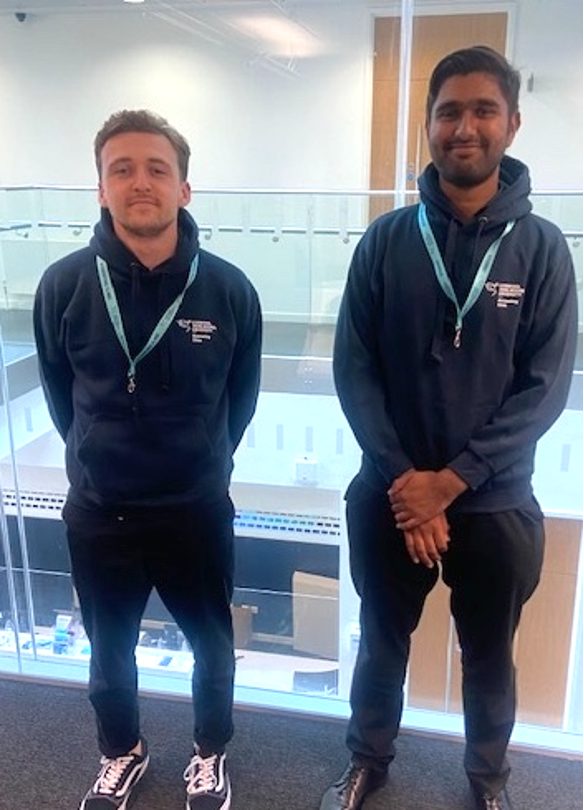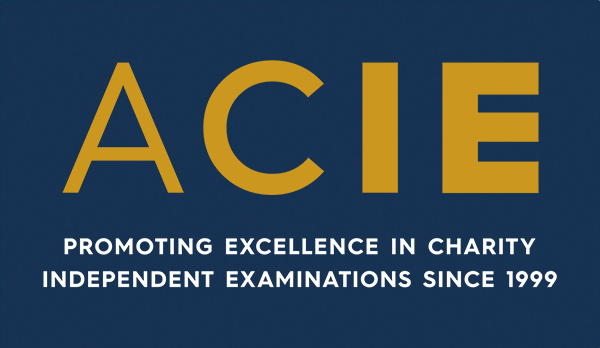Using an Accounting Clinic to close the ‘knowing-doing gap’
Pam has a vision for an Accounting Clinic in every university in the country. She explains how they benefit the community while providing students with the opportunity to learn accounting by doing it.
In 2007, while studying for my postgraduate certificate in education, I came across the following quote:
What the student does is actually more important in determining what is learned than what the teacher does.
(Thomas Shuell, 1986 [Note 1])
I worked in industry for many years before entering academia. During that time, I saw shop floor staff, mechanical engineers, software engineers, and indeed, accountants learning by doing. What Shuell says makes obvious sense to me.
However, although it makes sense, it hasn’t translated well into the learning and teaching methods I’ve been using for the past 16 years. This was, and still is, lots of ‘chalk and talk’ — much more of me ‘doing’ rather than the student ‘doing’.
Yes, I’d encourage students to make notes, ask questions and practice independently, but I don’t think that was what Shuell was getting at. He was suggesting that students’ learning should be active rather than passive. It’s what Mike Franco, Programme Leader for Accounting & Finance at LJMU, refers to as the ‘knowing-doing gap’.
Independent Examinations (IEs)
A year or so ago, I asked a colleague, Katie Hall — now at the University of Liverpool — to do a couple of independent examinations (IEs) for churches that I had links with. An IE is a ‘light touch’ review of a charity’s financial report. It’s required when a charity is a reasonable size but not large enough to require a statutory audit [Note 2].
An IE gives independent assurance to trustees and those who support or fund the charity. It is more narrowly defined than a statutory audit and the independent examiner does not form an opinion on whether the accounts are ‘true and fair’. It provides ‘negative assurance’ and confirms only whether any material matters of concern have come to the examiner’s attention regarding keeping proper accounting records and compliance with relevant legislation.
Become a member
We’re building a community for students and teachers to learn from each other. Currently, membership is free.
Join todayKatie agreed to do the IEs but later asked me about an idea she’d had. What if we asked our students to perform IEs themselves with our supervision and guidance? All on a pro-bono basis.
Katie and I both wanted to give something back to the local region and we wanted our students to have the opportunity to ‘do’ more — to be active in their learning. We loved that this idea would give our students the opportunity to deal with clients and examine real-life sets of accounts. We also hoped that saving charities money would enable the charity to improve someone else’s welfare.
LJMU positions itself as a pioneering modern civic university. It is rooted in service to the community, whether through educational opportunity, public service or welfare. So our initiative ticks all the boxes. It allows students to plug that knowing-doing gap. It enables them to be active learners through hands-on, real-life professional practice.
We decided we could make this happen and set up the LJMU Accounting Clinic.
The LJMU Accounting Clinic is born
Mike Franco did a lot of work behind the scenes to get the insurance, legal and publicity side of things boxed off. Katie contacted the Resources Director for the Diocese of Liverpool to ask if he would be interested in the service. He came to meet us and was very supportive. He loves what the Clinic is doing and has been our main source of clients so far.
We require students to apply to join the Clinic. We want students to be committed to the initiative and understand their professional responsibilities. Katie arranged for the Association of Charity Independent Examiners (ACIE) to provide training for the students. The ACIE has been brilliant and are really supportive of the Clinic.
Students practise possibly new but not assessable skills, such as working collaboratively as part of a team and communicating with their peers and clients. They have space to build a knowledge base of relevant material and learn when to go to the client to ask for more.
Accounting Clinic two years on

Our wins so far . . .
- The LJMU Accounting Clinic has completed 21 independent examinations.
- Another two are in progress.
- We have saved charities in the region of £16,000.
- 98 students have been trained.
- 35 students have taken part in an independent examination.
The Clinic has been running for two academic years now. Of course, it wasn’t as easy or as straightforward as I thought it would be. Is anything in the world of academia?
And did I mention this is all extra-curricular? Why? Because we want the final-year students to feel free to focus on the task in hand, and not on ‘how does this count towards my degree?’. They can just enjoy the opportunity of working on an independent examination of a client’s accounts. The beauty of the Clinic is that students experience the real-life, professional, active experience of working with a client.
I would love it if every University in the country set up an Accounting Clinic. It is a lot of hard work but it is so worth it.
If we can help you do this, whether you want to include it in a module or not, please email [email protected]. We are also exploring establishing an Accounting Clinic network, so watch this space.
References and notes
[Note 1] Shuell, T. J. (1986). Cognitive Conceptions of Learning. Review of Educational Research, 56(4), 411–436. https://doi.org/10.3102/00346543056004411.
[Note 2] An Independent Examination is required when a charity’s annual income is more than £25,000 but not more than £1m, provided that if its gross income is more than £250,000, its gross assets are £3.26m or less. A statutory audit is usually required if it is larger.
© AccountingCafe.org
Part of the Pedagogy series
Join the Accounting Cafe community






